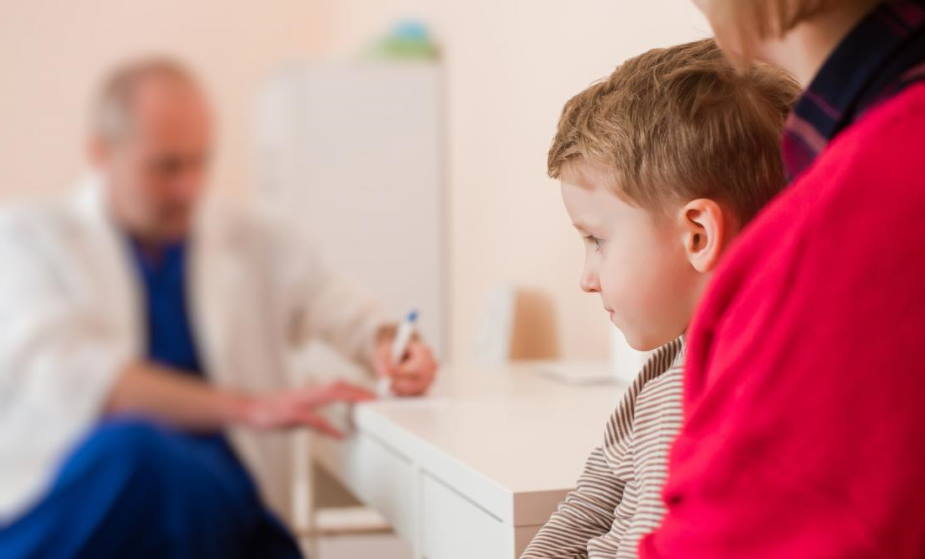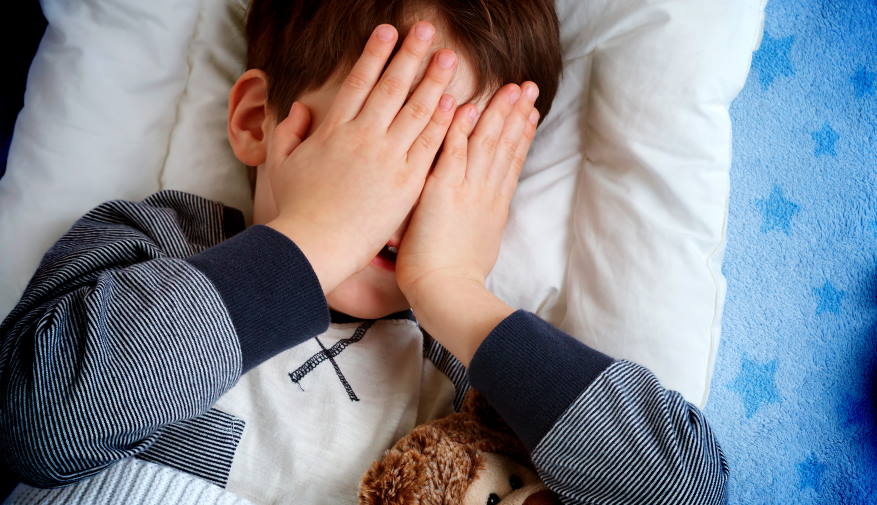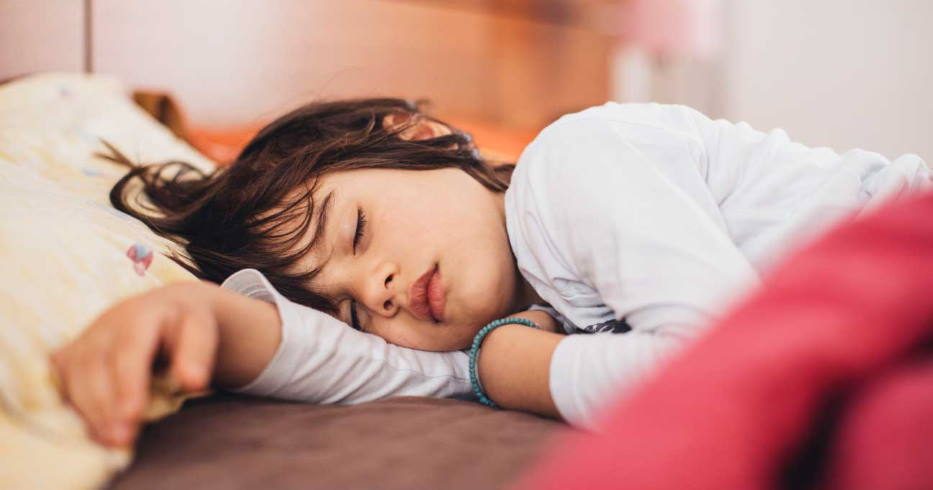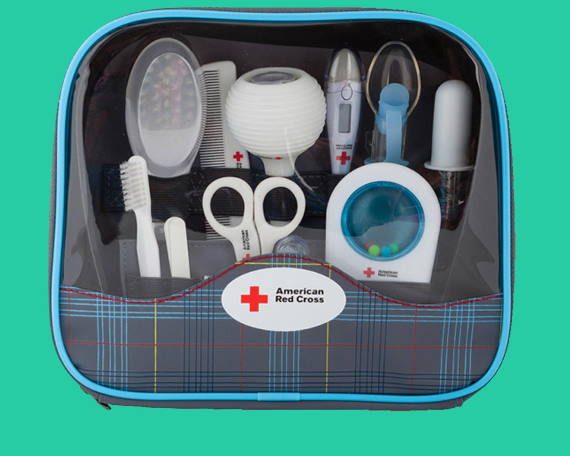Melatonin is one of the hormones and it is helping you fall asleep by setting your internal clock. It is available as an over-the-counter dietary supplement in the US, but only with a prescription in many other parts of the world.
The circadian rhythm is a 24-hour cycle in which a person’s brain switches between states of alertness and drowsiness. The circadian rhythm is one of the important in determining drops for sleeping for kids. Children is not produced enough melatonin, or experience a delay in melatonin secretion, may develop insomnia.
Melatonin safe for kids
Although some studies suggest that melatonin for child naps may be an effective treatment for children with sleeping problems, proper treatment duration and dosage remain unclear.
Melatonin is coming in several forms and it is including children-specific formulation, such as gummies and liquids. The FDA is considering melatonin as a dietary supplement rather than a medication, there are no official dosage guidelines for either children or adults.
Speak to a doctor or pediatrician before giving melatonin to a child. A healthcare professional can advise on whether children with sleeping difficulties may benefit from taking melatonin and other treatment options.
A doctor can also advise on a safe and effective dosage of melatonin safe for kids. They may suggest starting at a very low dose and adjusting as necessary.

Tips for helping children sleep
This is making lifestyle changes before trying medications. If these changes are unsuccessful, a doctor or pediatrician can advise on other treatment options. Lifestyle changes may be helping improve a child’s sleep include:
Setting a regular bedtime
Going to bed and waking up at the same time every day can make it easy for the body to fall asleep.
Having a pre-bedtime routine
Research is suggested following a routine before bed can help children sleep. For example, one study trusted Source found a three-step bedtime routine to be effective. This is also applying lotion, and doing soothing activities, such as singing a lullaby, with lights out 30 minutes after the bath.

Only use the bed for sleeping
Performing other activities bed is making harder for the brain to associate the bed with sleep.
Keeping the bedroom cool
This is helping initiate the sleep process and the ideal bedroom temperature is between 60°F and 67°F.
Turning off electronic devices
You can be using smartphones, TVs, and tablets before bedtime that can affect a child’s ability to fall asleep. You are trying enforcing a no electronics policy during the child’s pre-bedtime routine.




